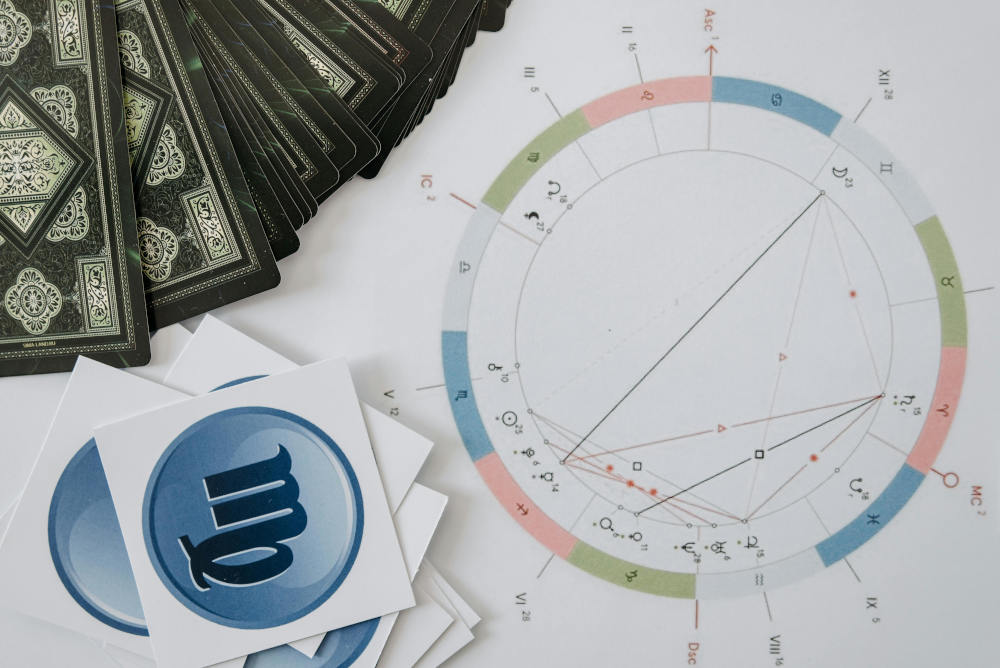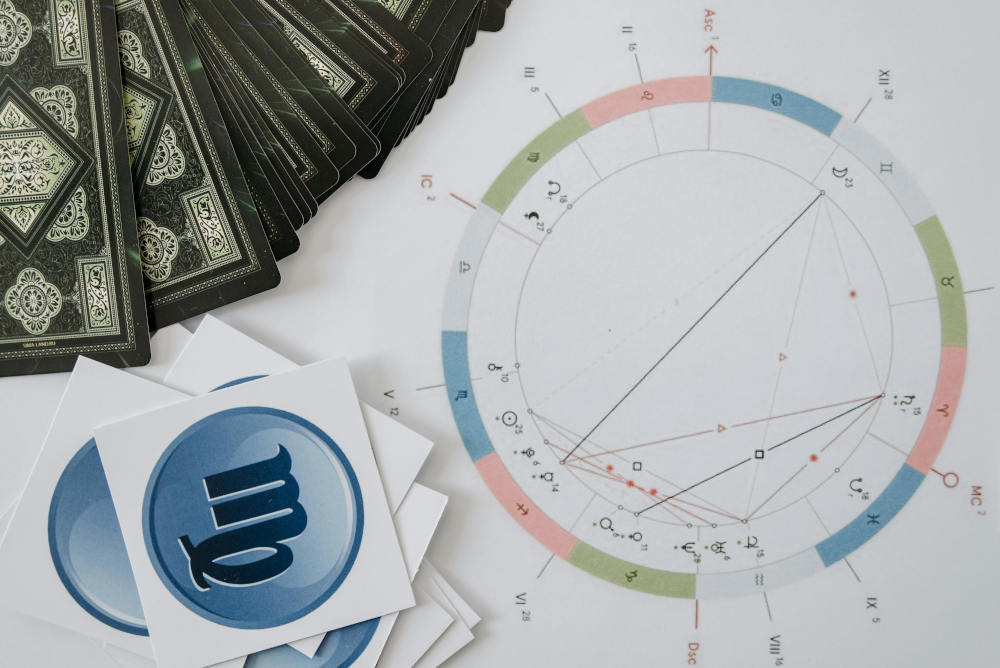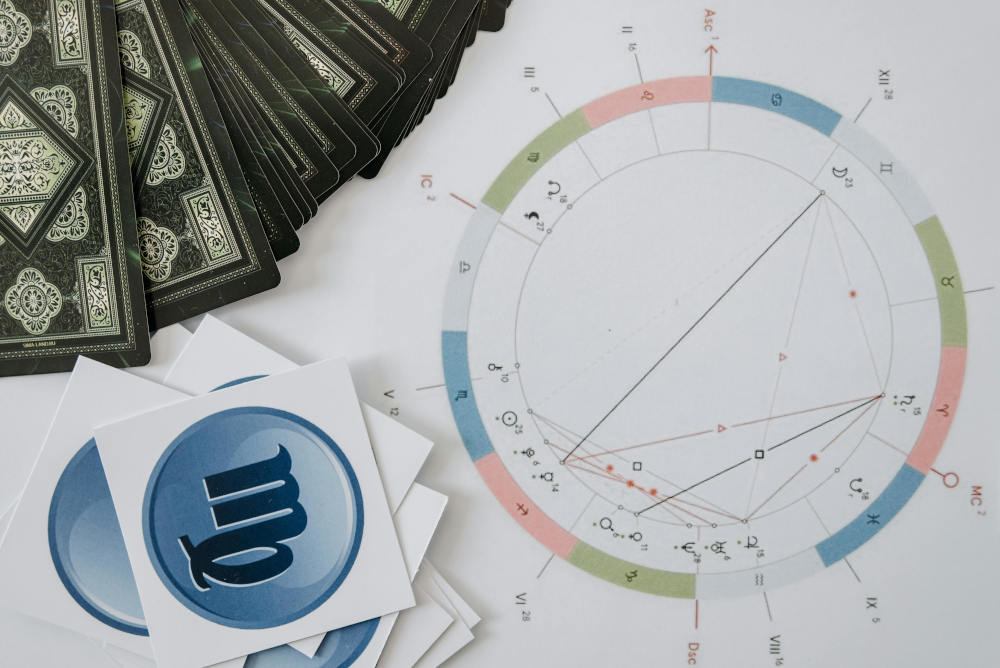
You can find natural and synthetic fabric types among the world's most used textiles. Synthetic fibers can either be fully synthetic or semi-synthetic.
Semi-synthetic fabric types include cellulosic textiles based on regenerated cellulose extracted from plant fibers. Materials made of semi-synthetic polymers are very versatile and progressively replacing fully synthetic fabrics.
In the fashion industry, synthetic fabrics make all kinds of garments, knitwear, sportswear, loungewear, nightwear, undergarments, and accessories.
You can also find synthetic fabrics in homeware, furniture, upholstery, home decor, bedding, automotive, agriculture, and industrial applications.
The single most notable advantage of synthetic fabrics is their low cost compared to other types of textiles. However, synthetic materials aren't the most environmentally friendly.
Here are different types of synthetic fabrics and their uses and properties with examples and pictures.
Panaprium is independent and reader supported. If you buy something through our link, we may earn a commission. If you can, please support us on a monthly basis. It takes less than a minute to set up, and you will be making a big impact every single month. Thank you!
1. Polyester

Polyester comes from synthetic materials derived from petroleum-based chemicals or petrochemical products. Polyester is also known as polyethylene terephthalate (PET).
Polyester is the most popular fiber used in the fashion world for apparel and accessories. The manufacturing of polyester fibers involves the polymerization of synthesized polymers compounds made from oil-derived materials.
Recycled polyester is a more environmentally friendly alternative to the raw material from oil. Its manufacturing process begins with the collection of PET plastic bottles.
Check out our article on polyester fabric for more information about its production and its impact.
2. Nylon

Nylon is one of the world's most versatile synthetic materials. It's a petroleum-based plastic polymer widely used to make fibers and textile fabrics in the fashion industry.
Synthetic nylon, also commonly named polyamide, is cheap to produce and has fantastic properties. It comes from petrochemicals and saves a lot of money on raw materials.
Since its debut in the 1930s, nylon has conquered the world and is found in many applications today. It's one of the most successful synthetic fibers next to polyester.
You can read our article on nylon fabrics to learn the truth about its manufacturing and environmental impact.
3. Acrylic

Acrylic is a petroleum-based synthetic fiber widely used to make fabrics for fashion. The synthetic material comes from Polymethylmethacrylate (PMMA).
Acrylic fibers are polymers made of one key ingredient, acrylonitrile or vinyl cyanide. Acrylic yarn is popular in knitting as a durable and affordable knitting material for many amateur knitters.
Acrylic commercial production began in 1950 when it became common as a wool replacement. Synthetic acrylic fabrics have many benefits and steadily gained a more prominent market share.
Check out our article on acrylic fabric for more information about its origin and its uses.
4. Polyurethane

Polyurethane (PU) is an artificial leather made of thermoplastic polymer often used in the fashion industry. It's completely synthetic and vegan, much cheaper than leather made from animal skins.
Polyurethane is a widely used alternative for animal leather. Pure fabrics made of polyurethane only are cruelty-free and completely synthetic.
Polyurethane leathers are easier to care for, strong, durable, and considered environmentally friendly. They are available in more styles, patterns, and colors than leather can.
You can read our article on polyurethane leather to learn why it's more sustainable than textiles made from animals.
5. Polyethylene

Polyethylene is a petroleum-based synthetic fiber widely used to make fabrics and materials in various industries, including fashion, similar to other plastic fabrics.
Polyethylene fiber is a common ingredient found in ropes, carpeting, upholstery, bags, packaging, apparel, textiles, wallpapers, draperies, curtains, and cosmetics.
The synthetic fabric is a thermoplastic polymer made of different crystalline structures from petroleum-based plastics. Polyethylene is the most widely used plastic today.
It's an olefin fiber, a synthetic fiber made from polyolefin, similar to polypropylene. There are many kinds of polyethylene, and each application uses different polyethylene fabrics, low density or high density.
Check out our article on polyethylene fabric for more information about its fabrication, fabric types, and uses.
6. Polypropylene

Polypropylene fabric is a synthetic textile used in many industrial applications, including the upholstery and apparel industries. It's also known as PP or polypropene and can be woven or non-woven.
You can find polypropylene in filters, face masks, and performance textiles. It's strong, soft, lightweight, and easy to clean.
Manufacturers make polypropylene from synthetic thermoplastic polymers. Propylene gas is a by-product of oil and natural gas production.
Non-woven polypropylene fabrics are some of the most versatile materials available today. Many types of high-quality performance fabrics contain polypropylene.
You can read our article on polypropylene fabrics to learn the truth about their production, properties, and advantages.
7. Polystyrene

Polystyrene is a petroleum-based synthetic fiber widely used to make fabrics and materials in various industries, including clothing in the fashion world, similar to other plastic fabrics.
Polystyrene is a common ingredient found in bottles, containers, bags, packaging, cases, cutlery, apparel, and textiles.
Polystyrene fabric is a textile made of polymer fibers obtained from a monomer called styrene. The thermoplastic polymer contains different crystalline structures from petroleum-based plastics.
Also categorized as aromatic hydrocarbon polymer, polystyrene exists in multiple forms such as solid or foam. It's a very versatile plastic used to make a large variety of consumer goods.
Check out our article on polystyrene fabric for more information about its properties, fabric types, and uses.
8. Neoprene

Neoprene fabric is a synthetic textile made of petroleum-based polymers. It's a versatile material used in many applications today, including clothing fabrics in the fashion industry.
Neoprene, also known as polychloroprene, is produced by the polymerization of chloroprene. It's a synthetic monomer and colorless volatile liquid almost exclusively used for the production of synthetic rubber.
Neoprene fabric is a popular and widely used synthetic rubber first discovered in 1930. It has fantastic properties to make cheap waterproof clothes and accessories.
Neoprene is well-known for its thermal insulation properties. It also resists burning better than rubbers made exclusively from hydrocarbons.
You can read our article on neoprene fabrics to learn the truth about their production, properties, and advantages.
9. Dacron

Dacron is a polyester brand name by DuPont, an American fiber manufacturer who first introduced this fabric in 1950 and began making it in large quantities in 1953 at its plant in Kinston, North Carolina.
Dacron is a thermoplastic polymer material and a member of the polyester family. Dacron is a brand name of polyethylene terephthalate (PET).
Dacron fabrics make fibers for clothing, storage containers for food and beverage, thermoplastic resins, and more. You can also find it in the same applications as polyester in the textile industry.
You can read our article on dacron fabrics to learn more about their uses and properties.
10. Rayon

Rayon fabric is a textile made of semi-synthetic polymers. It's a versatile material used in many applications today, including clothing fabrics in the fashion industry.
Rayon, commonly know as viscose or viscose rayon, is a whole group of regenerated cellulosic fibers. It comes from cellulose-based materials such as plants, wood, and agricultural waste.
Rayon manufacturing requires heavy processing and is usually very toxic. The dissolution of cellulose using acids and chemicals makes rayon.
Check out our article on rayon fabric for more information about its production, properties, and uses.
11. Modal

Modal fabric is a textile made of semi-synthetic polymers often used in the fashion industry to make affordable clothing. It's a type of rayon, a regenerated cellulosic fiber.
Modal fabric has a luxurious appearance and soft hand feel. Modal fibers come from filaments of cellulose made of wood pulp extracted from trees.
Modal is the second generation of semi-synthetic cellulosic fibers. It's a modified version of viscose with higher tenacity. It's stronger when wet, more durable, and flexible.
You can read our article on modal fabrics to learn more about their uses and properties.
12. Lyocell

Lyocell is a semi-synthetic fiber, also called regenerated cellulosic fiber, similar to viscose-rayon and modal. It comes from cellulose extracted from renewable resources such as wood.
The main ingredients used in lyocell fabrication are N-Methylmorpholine N-oxide (NMMO) and water. NMMO, also commonly called amine oxide, is considered non-toxic and can be easily regenerated.
Lyocell is the third generation technology of cellulosic fibers, after viscose rayon and modal. It's breathable, lightweight, durable, soft, anti-bacterial, and remains odor-free longer than cotton.
Lyocell is also the third most used cellulosic fiber after viscose and acetate. It's arguably one of the most eco-friendly cellulosic fibers.
Check out our article on lyocell for more information about its properties and environmental impact.
13. Acetate

Acetate fiber is a semi-synthetic polymer also known as cellulose acetate used to make textile fabrics for clothing. It's a type of rayon, a regenerated cellulosic fiber, made from wood pulp, like modal and lyocell.
Acetate comes from the combination of acetic acid with cellulose from wood. Many chemicals are needed to condition wood pulp, treat cellulose fibers, dissolve cellulose triacetate, purify, and wash the regenerated fibers.
Acetate fabric was first introduced in 1924 in the United States and later commercially produced once chemists found a solution to dye the fabric with durable colors.
You can read our article on acetate fiber to learn more about its uses and properties.
14. Cupro

Cupro fabric is a semi-synthetic textile made of natural cellulosic polymers. It's a versatile material used in many applications today, including clothing fabrics in the fashion industry.
Cuprammonium rayon, also known as cupro, is a semi-synthetic cellulosic fiber derived from plants or wood. It comes from natural cellulosic polymers.
However, manufacturing cupro fabric from plants or wood requires heavy processing. Plant pulp needs to disintegrate into a viscous liquid before reconstruction into fibers.
Cupro production is usually very toxic. Energy, water, and hazardous chemicals such as ammonia and caustic soda are necessary for cupro fabrication.
Check out our article on cupro fabric for more information about its properties and environmental impact.
15. Tencel

Austrian company Lenzing manufactures Tencel from semi-synthetic polymers for over 50 years. Tencel is a wood-based, regenerated cellulosic fiber similar to viscose rayon.
Lenzing Tencel fabric is often used in the fashion industry to make affordable clothing. Tencel is a branded name and arguably one of the most eco-friendly semi-synthetic cellulosic fibers.
Tencel fabric has a very soft hand feel and luxurious appearance. It uses natural and renewable raw materials, cellulose filaments made of wood pulp extracted from trees.
The main advantages of Lenzing Tencel compared to natural fibers such as cotton are low costs and water requirements, even though it's a semi-synthetic or chemical fiber textile.
You can read our article on Tencel fabric to learn more about its uses, manufacturing, properties, and environmental impact.
Was this article helpful to you? Please tell us what you liked or didn't like in the comments below.
About the Author: Alex Assoune
What We're Up Against
Multinational corporations overproducing cheap products in the poorest countries.
Huge factories with sweatshop-like conditions underpaying workers.
Media conglomerates promoting unethical, unsustainable products.
Bad actors encouraging overconsumption through oblivious behavior.
- - - -
Thankfully, we've got our supporters, including you.
Panaprium is funded by readers like you who want to join us in our mission to make the world entirely sustainable.
If you can, please support us on a monthly basis. It takes less than a minute to set up, and you will be making a big impact every single month. Thank you.































0 comments